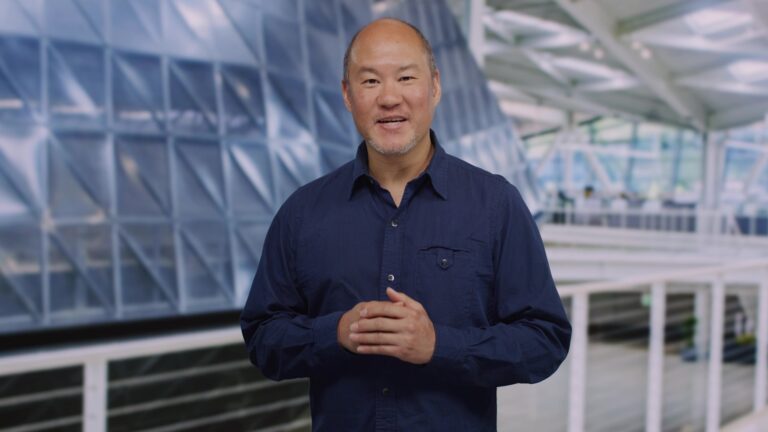 Developers are using Universal Scene Description (OpenUSD) to push the boundaries of 3D workflows. As an ecosystem and interchange paradigm, OpenUSD models,…
Developers are using Universal Scene Description (OpenUSD) to push the boundaries of 3D workflows. As an ecosystem and interchange paradigm, OpenUSD models,…
Developers are using Universal Scene Description (OpenUSD) to push the boundaries of 3D workflows. As an ecosystem and interchange paradigm, OpenUSD models, labels, classifies, and combines a wide range of data sources into a composed ground truth. It is also highly extensible with four key features that help developers meet the demands of virtual worlds.
In this video series, we’re exploring OpenUSD superpowers and providing you with a foundational understanding to harness them. Our first episode highlighted four key features of OpenUSD that make it the ideal tool for data modeling and interchange.
Our newly released second installment focuses on composition and layering in OpenUSD. In this video, you will learn about:
- Composed worlds and layer stacks.
- How sparse, nondestructive overrides work.
- Variants and variant sets.
- The power of composition.
Watch the following video to dive in.
To learn more about the latest advancements in OpenUSD, join us at SIGGRAPH. For the latest resources and tutorials, visit our OpenUSD resources page.
If you’re a developer, get started with Omniverse resources. Stay up to date on the platform by subscribing to the newsletter, and following NVIDIA Omniverse on Instagram, Medium, and Twitter. Check out our forums, Discord server, Twitch, and YouTube channels.
